If you want to film nature there’s no better place than Kruger National Park in South Africa. When you mention wildlife filming, it’s the first place that comes to mind.
Kruger National Park in South Africa is one of the largest national parks on the continent. It is a fascinating place with nearly eight hundred different species of fish, birds, mammals, reptiles and amphibians. Anyone who enjoys wildlife filming or amateur cinematography will want to pay this reserve a visit. There is so much to film that they would never run out of ideas.
What Type of Video Filming Equipment Should be used:
While the park does offer many opportunities to film nature, it is important to go about filming in the right way. First, one will need to have the right equipment on hand. Since most of Kruger filming has to take place inside your vehicle a camera with a long zoom or interchangeable lenses is nice to have especially if the wildlife is not that close to the road.
Also, some kind of support for your camera on the window opening of your vehicle door helps steady your camera and is pretty much a must have item. I’ve used beanbags filled with buckwheat hulls as well as wedging a small tripod down on the floor between the seat and the door. You should really practice with whatever method you decide on well before you leave for your Safari.
If you have other people in your vehicle it’s imperative that you let them know they will need to stay very still while you are filming. The longer the zoom you use the more magnified the movement. This is really a tough one to overcome. I was using such a high powered lens on my camera that the wind would shake the vehicle ruining many shots.
Polarizing filters and split neutral density filters are also nice to have.
When are the Best Times to Film Wildlife?
A lot depends on which exact animal or animals a person wants to film. A person would do well to learn a bit about the species that is being filmed and find out what are the best times to catch it “in action.” However, generally speaking, the best times to film wildlife are very early in the morning and late afternoon. Many predators are out in the early morning hours after a night of hunting; a person who wants to film lions, cheetahs, leopards, hyenas or wild dogs should be prepared to rise at dawn. Late afternoon, early evening is an ideal time to film wildlife as well, as this is the time of day that all the animals start to stir after escaping the hot African sun.
However, one should note that wildlife is not predictable. A person filming wildlife at Kruger National Park should carry a camera on him or her at all times. One never knows when something spectacular will happen. Many stunning animal films have been shot at unexpected times or in unusual circumstances.
Where are the Best Places to Film Wildlife?
The area around Crocodile Bridge is a superb place to film wildlife. The Gesanftombi Dam is a good place to film game, elephant, white rhinoceroses and lions. The S25 Crocodile River Road is another excellent spot. To one side of the road is the Hippo Pool with dozens of hippopotamuses. On another side of the road is the Gaisenga water hole. This particular water hole attracts elephants and game. The Biyamati Bush Camp area is another good filming spot to visit, especially if one wants to film leopards or other large cats. A person who wants to film birds would do well to visit the Luvuvhu River, Sabie River and Olifants River.
General Wildlife Filming Tips:
A person who wants to film wildlife will need lots of patience. It is not uncommon for one to have to stay in the same spot for over an hour before the wildlife will come out. Animals are not predictable and while they do have a general schedule for when they hunt, eat, drink and sleep, they do not stick to schedules as people do.
A person filming wildlife in Kruger National Park should also exercise extreme caution. There are several places where you can exit your vehicle to film. However the wildlife can’t read signs and there’s no guarantee that a lion isn’t waiting for you just behind that bush. Even experienced photographers and filmmakers have been badly hurt by large mammals. One should never go out alone or take chances. If an animal seems irritated or looks like it may charge, one should never get too close.
Anyone who wants to film a large variety of wildlife should visit Kruger National Park. The park is extremely large and provides many nature video opportunities for amateur and professional filmmakers alike. A person who is filming wildlife here will need lots of patience. Keeping a camera at the ready at all times is also necessary. However, a filmmakers efforts are sure to be rewarded at this national park.
If you’re interested in going on Safari in Kruger or other parts of South Africa and need a guide I can’t recommend enough our guide Craig Berger of Oasis Africa.
Craig is EXTREMELY knowledgeable about the park and all its inhabitants. Craig is a photographer so he also knows what you need to get great footage. Plus he’s a fantastic cook! He prepared a native South African dish for us called Chakalaka. It was so good we picked up some of the spice once we left the park and brought some home. Craig periodically asks us if he needs to send us some more. We do go through quite a bit of it! 🙂
Craig will take care of all the accommodations, the food, the permits needed to enter the park. He also has those great buckwheat hull camera supports you can use to shoot from his vehicle. Give him a shout if you’re planing on going and tell him I sent ya!
Want to see some of the footage I took while I was over there? Watch Africa: A Moment in Time.

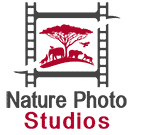
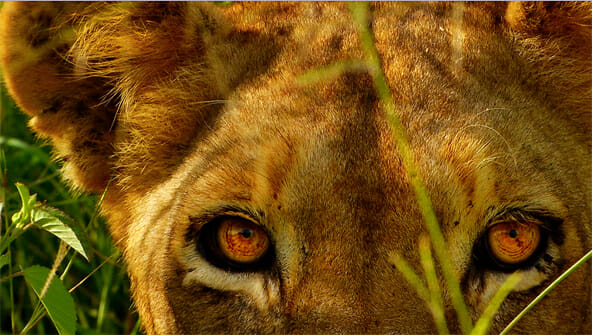



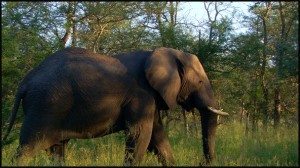
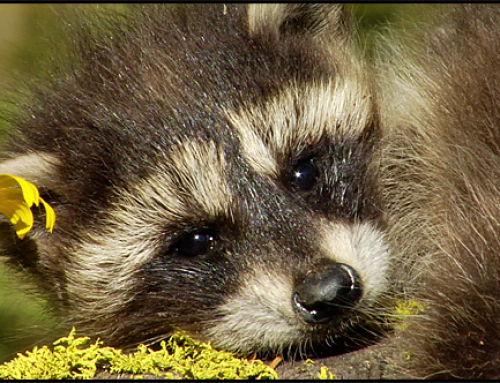
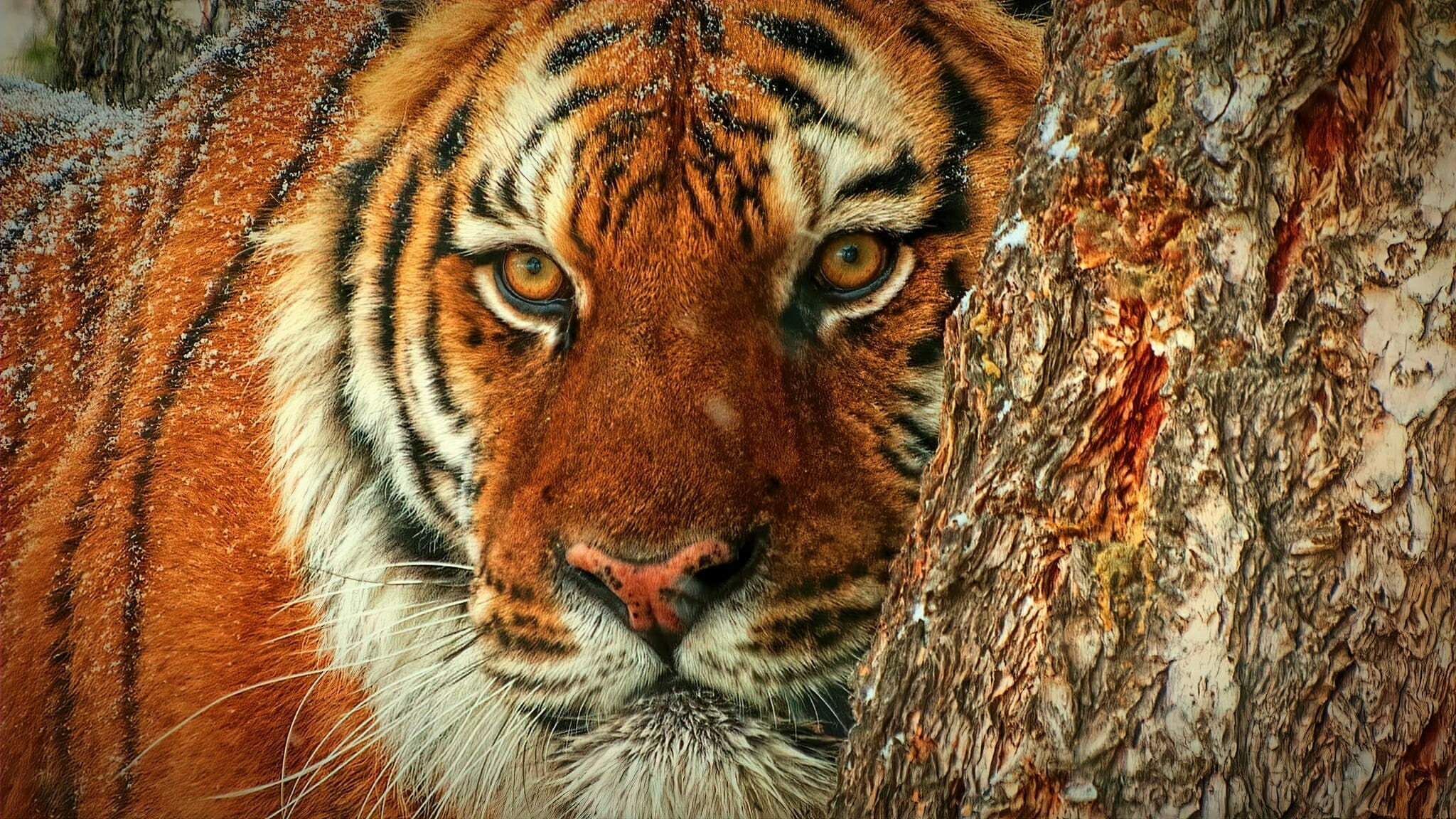
Leave A Comment
You must be logged in to post a comment.